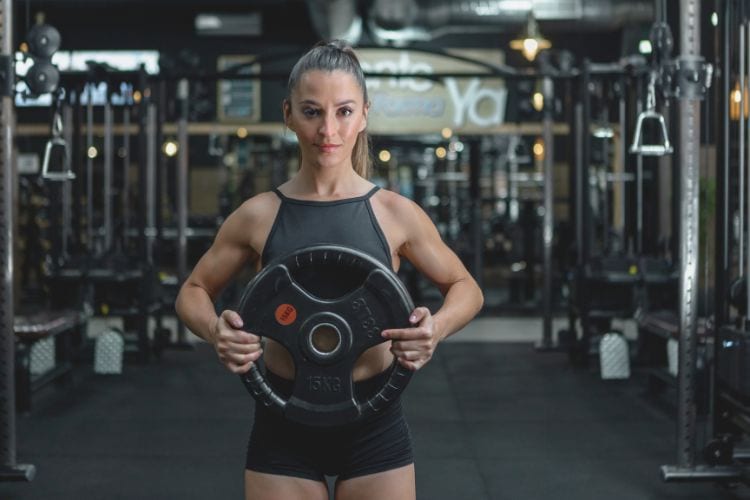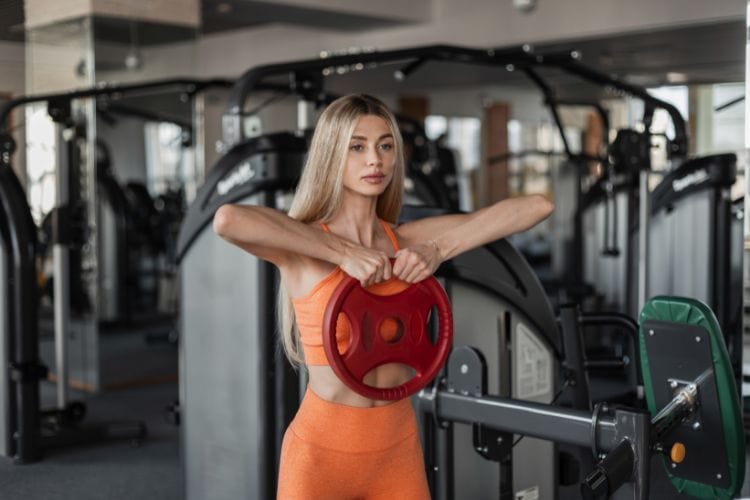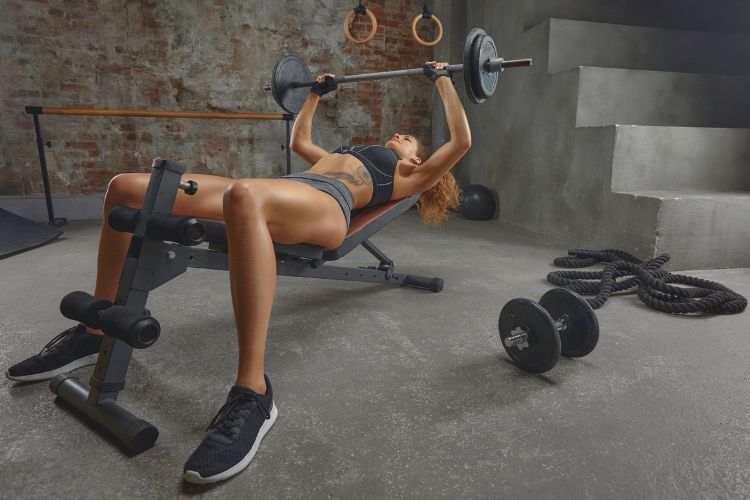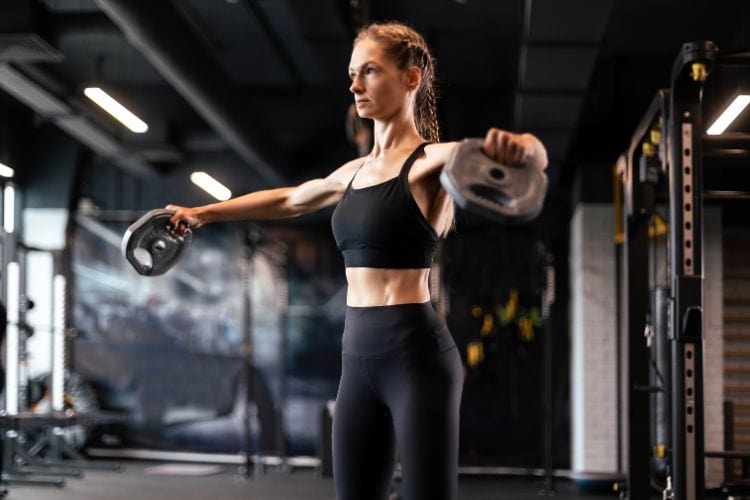Sign up for workout ideas, training advice, reviews of the latest gear and more.






If you’re aiming to build defined, rounded shoulders and enhance upper body strength, lateral raises with free weights should be a key part of your routine. These simple yet powerful exercises primarily target the deltoid muscles, especially the middle delts, helping you develop a broader, more aesthetic upper body. In this guide, we’ll walk you through an efficient 30-minute lateral raise workout using free weights—perfect for at-home training or the gym.
Whether you’re a beginner or an experienced lifter, this structured workout provides progressive volume, promotes hypertrophy, and builds shoulder endurance using just dumbbells or other handheld free weights.
Lateral raises are an isolation exercise that focuses on lifting weights to the side of your body in a controlled arc motion. Unlike overhead pressing movements that recruit multiple muscle groups, lateral raises are laser-focused on the medial deltoids, the muscles responsible for shoulder width and strength.
By incorporating different variations of lateral raises, this 30-minute workout stimulates the delts from multiple angles, improving shoulder symmetry and function.
Lateral raises directly activate the middle deltoids, which are often undertrained in compound lifts like overhead presses.
The medial delts give the shoulders their capped appearance. Consistent lateral raise workouts help build a rounded, defined shoulder look.
Strengthening the deltoids enhances shoulder joint stability, reducing the risk of injury and improving posture during pressing and pulling movements.
With just a pair of dumbbells or adjustable free weights, you can execute a complete shoulder workout at home or in a limited gym setup.
For this 30-minute session, you only need:
You can substitute dumbbells with water bottles, resistance balls, or other small free weights if needed.
This workout is broken into three sections, each lasting 10 minutes. We’ll include classic raises, tempo variations, supersets, and burnout sets for maximum effectiveness.
Before diving into lifting, warm up the rotator cuffs and deltoid muscles.
Rest 30 seconds between rounds.
This primes the joints, improves blood flow, and prepares your muscles for focused lateral raise training.
Choose a moderate weight that challenges you but allows clean form for 12–15 reps.
Raise arms to shoulder height and lower slowly. Control each rep.
Eliminates leg momentum and isolates the shoulders further.
Rest: 30–45 seconds between supersets
Pause at the top of each rep to increase time under tension.
Alternate a front raise with a lateral raise in each rep cycle.
Rest: 30 seconds between sets
Use lighter weights (around 50–70% of your previous load).
Perform all three exercises back-to-back with no rest. Repeat for 2–3 rounds.
Stay in the top 50% range of motion to keep tension high.
Slight bend in the elbow reduces lever length, allowing more controlled fatigue.
Keep your arms just below shoulder level and pulse small quick movements.
Rest: 60 seconds between trisets
Isometric Lateral Hold – Hold weights at shoulder level for 30 seconds
A killer finisher for complete deltoid exhaustion.
Locking out the arms stresses the joints. A slight bend protects your elbows.
Lift with the elbows higher than your hands to target the medial delts correctly.
Avoid using momentum from your hips or torso. This isolates the shoulders more effectively.
Lifting beyond shoulder height shifts tension to the traps. Stop once your arms are parallel to the ground.
Using a cable machine provides constant tension throughout the range of motion.
Lie on a bench set to 30–45° angle. Great for changing the angle of resistance.
A great portable alternative when dumbbells aren’t available.
Perform with one arm at a time to fix imbalances and improve mind-muscle connection.
Lateral raises are low-impact but highly effective when done with volume. For optimal results:
Muscle growth isn’t only about training—nutrition and recovery are just as critical.
Too-heavy dumbbells compromise form and shift the load away from the delts.
Overuse of the traps reduces lateral deltoid activation.
Dropping the weights too fast eliminates eccentric tension. Lower them slowly (2–3 seconds).
This 30-minute free weight lateral raise workout is suitable for:
It’s also ideal for men and women seeking aesthetic upper body proportions or improving posture through stronger shoulders.
Lateral raises might look simple, but when done with proper form and volume, they’re one of the most effective exercises for shoulder hypertrophy and definition. This 30-minute free weight workout delivers a focused, efficient routine that builds size, endurance, and control in your deltoids.
Whether you’re training in your living room or at a full gym, adding lateral raises to your routine can help you achieve stronger, broader, and more balanced shoulders. Stick with it consistently, fuel your body properly, and you’ll start to notice the sculpted results in just a few weeks.
A: No, it’s best to allow at least 48 hours of rest between shoulder isolation sessions to allow for recovery and muscle growth.
A: Start with light weights (3–10 lbs) and focus on form. Increase gradually as your control and strength improve.
A: Primarily the middle deltoids, with some involvement from the upper traps and supraspinatus.
A: Both are effective. Seated lateral raises reduce momentum and increase isolation.
Add this 30-minute lateral raise workout to your weekly routine and watch your shoulders grow stronger and more defined. Whether you’re building a beach body or improving strength for daily activities, consistent shoulder training pays off in strength, posture, and physique.
Want more workout and video guide?
Follow us on Pinterest, Facebook, and Subscribe to our Newsletter and Stay tuned for FREE downloads of our App coming soon!
Stay up to date on the latest women’s health, fitness and lifestyle trends and tips.